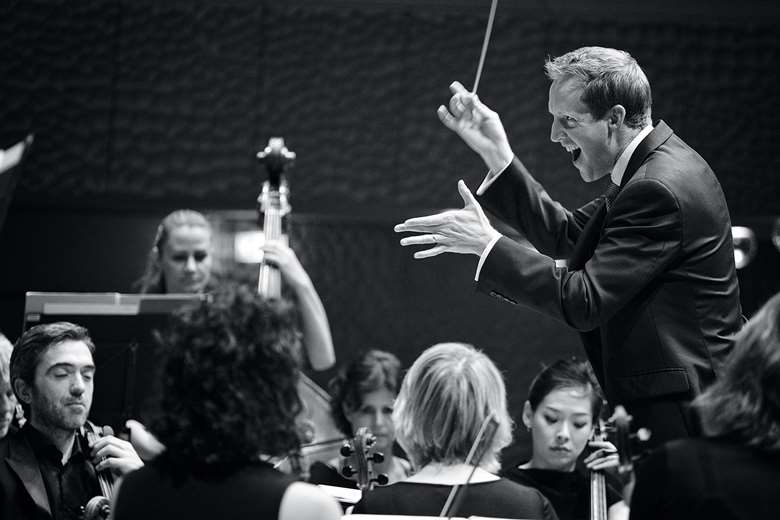A close look at the score of Bach’s Magnificat, with conductor Justin Doyle
Lindsay Kemp
Friday, November 1, 2024
Conductor Justin Doyle tells Lindsay Kemp about recording the original version in E flat

Register now to continue reading
Thanks for exploring the Gramophone website. Sign up for a free account today to enjoy the following benefits:
- Free access to 3 subscriber-only articles per month
- Unlimited access to our news, podcasts and awards pages
- Free weekly email newsletter







